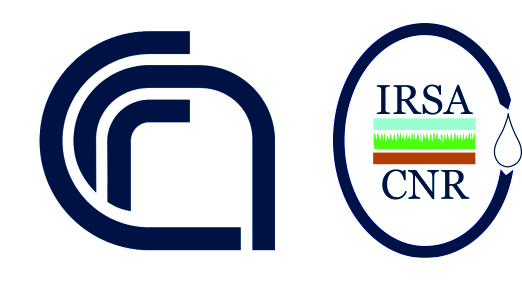Scheda di dettaglio – i prodotti della ricerca
| Dato | Valore |
|---|---|
| Title | Fate and transport of faecal contamination microbial indicators, pathogenic protozoa and Campylobacter in the artificially recharged fractured aquifer of Salento, Italy. |
| Abstract | The study investigates the fate and transport of microorganisms introduced by artificial groundwater recharge at the Nardò fractured aquifer in Salento, Italy. Microbial indicators of faecal contamination, parasitic protozoa (Giardia and Cryptosporidium) and pathogenic bacteria (Campylobacter spp.), were monitored into injected water and groundwater to test the efficiency of the "natural disinfection" into the fractured aquifer. A remarkable decrease of microbial indicators and pathogens was observed suggesting that pathogens removal or inactivation may be possible during water flow in fractured aquifer. The recently described PNA probe CJE195 (Lehtola et al. 2005) was utilised for the rapid and specific detection of Campylobacter spp. by fluorescence in situ hybridization (FISH) after enrichment. FISH results were consistent with those of traditional cultural method (ISO 17995) applied in parallel: time required for Campylobacter identification was reduced of 4 days. |
| Source | Specialty Conference on Wastewater Reclamation and Reuse for Sustainability, BELGIUM, October 9th - 12th, 2007 |
| Year | 2007 |
| Type | Presentazione |
| Authors | LA MANTIA R, MASCIOPINTO C, LEVANTESI C, TANDOI V. |
| Text | 236432 2007 Fate and transport of faecal contamination microbial indicators, pathogenic protozoa and Campylobacter in the artificially recharged fractured aquifer of Salento, Italy. LA MANTIA R, MASCIOPINTO C, LEVANTESI C, TANDOI V. Water Research Institute CNR, Via Francesco De Blasio, 5, 70100 Bari, Italy. The study investigates the fate and transport of microorganisms introduced by artificial groundwater recharge at the Nardo fractured aquifer in Salento, Italy. Microbial indicators of faecal contamination, parasitic protozoa Giardia and Cryptosporidium and pathogenic bacteria Campylobacter spp. , were monitored into injected water and groundwater to test the efficiency of the natural disinfection into the fractured aquifer. A remarkable decrease of microbial indicators and pathogens was observed suggesting that pathogens removal or inactivation may be possible during water flow in fractured aquifer. The recently described PNA probe CJE195 Lehtola et al. 2005 was utilised for the rapid and specific detection of Campylobacter spp. by fluorescence in situ hybridization FISH after enrichment. FISH results were consistent with those of traditional cultural method ISO 17995 applied in parallel time required for Campylobacter identification was reduced of 4 days. Specialty Conference on Wastewater Reclamation and Reuse for Sustainability BELGIUM October 9th 12th, 2007 Internazionale Presentazione LA MANTIA ROSANNA caterina.levantesi LEVANTESI CATERINA valter.tandoi TANDOI VALTER costantino.masciopinto MASCIOPINTO COSTANTINO |
